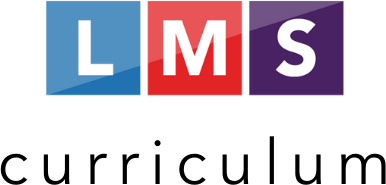The Places We Are Not
by Sarah Kay

Photo by Larry D. Moore
Writing Workshop
Workshop Title: I am
Step 1
Ask your students, “Think about who you are. Use the words “I am…” to compile a list of 7-10 things/ideas that best describe you. Remember to incorporate 5 senses when coming up with ideas.”
Step 2
Have your students watch Sarah Kay perform “The Places We Are Not.” Then discuss the end of the poem – when she starts using “I am” to describe herself – and what she means by making those figurative comparisons.
Step 3
Write a poem in a style similar to “The Places We Are Not” in which you simply describe whom you are. This can be how you feel in the context of a larger issue, like Kay’s, or it can simply be a list or identity poem.
Step 4
When the students are done, have them share their responses if they feel comfortable enough to do so.
Analytical Lesson
Area of Focus: Figurative Language
Step 1
If your students are familiar with the concept of “figurative language” and all it entails, go through the introductory lesson.
Step 2
Have your students watch Sarah Kay perform “The Places We Are Not.” As they’re reading, have them pay close attention to the figurative language she uses throughout the poem. Then simply discuss some of the figurative comparisons she makes.
Step 3
Have your students discuss the point she is trying to establish. Then briefly discuss how the figurative language they discussed in the poem contributes to that message.
Step 4
Have your students open the following document and go over the instructions with them. For this assignment, they are going to have to go through the poem and analyze the figurative language by using a Venn Diagram. Directions are provided in the slides preceding the assignment.
Step 5
When the students are done, have them share their responses. Then show them the exemplar essay.
Essay Materials
Lesson Details
Lesson Info
Focus
- Figurative Language
Themes
- Death / Grief
- Family
- History
- Race / Ethnicity / Racism
- Violence
- War
Literary Tags
- Figurative Language
- Imagery
- Selection of Detail
- Structure
